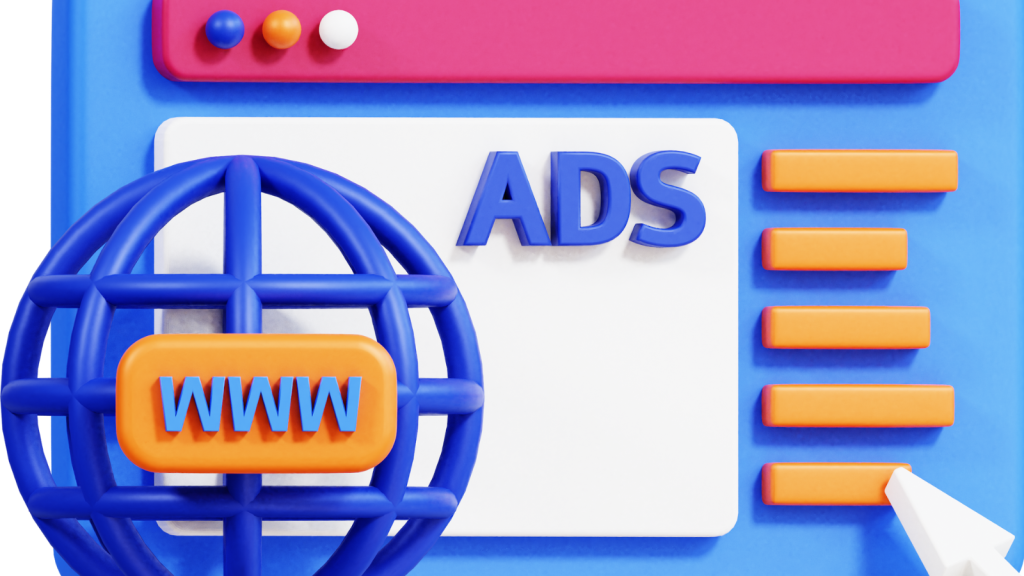Imagine you’re walking into a room full of strangers. You’ve got 10 seconds to make a good impression. What would you wear? What would you say? How would you stand out?
Now replace that room with someone’s Facebook feed—and you’re the ad. That’s exactly what Facebook Ad Creative Testing is about.
Most businesses throw a pretty picture on an ad, add a few buzzwords, and pray the algorithm does its magic. But that’s like showing up to that party wearing a paper bag and mumbling your name. Let’s talk about how to actually test ad creatives so your ads walk in like a rockstar and leave with conversions.
Why Testing Different Creatives Is a Non-Negotiable
Let me tell you a short story about Claire.
Claire runs a small online jewelry shop. She starts running Facebook ads. Her first ad features a close-up of her signature necklace on a white background. The copy reads, “Handmade Jewelry Crafted with Love.”
The results? Meh. Click-through rate is low, and ROAS (Return on Ad Spend) is just about break-even.
Frustrated, Claire decides to experiment. She runs the same ad but with:
-
A photo of someone actually wearing the necklace,
-
A video of the necklace being crafted,
-
And one with a bold background color instead of white.
Suddenly, the video ad takes off. Her ROAS triples. She learns that her audience is drawn to the process, not just the product.
That, right there, is the power of creative testing. You don’t know what works until you test.
The Real Reason People Ignore Your Ad (and What to Do About It)
People scroll fast. The first 2-3 seconds of your ad is everything.
The brain makes subconscious decisions at lightning speed—this is where a little NLP (Neuro-Linguistic Programming) comes into play. It’s not about hypnotizing anyone (we’re not doing magic here), but about understanding how people think and respond.
Let’s break it down:
-
Use sensory language: “Feel the glow,” “Hear the compliments,” “See the sparkle”—language that activates the senses gets more attention.
-
Mirror your audience’s internal dialogue: If they’re thinking, “I just want something that makes me look polished without trying too hard,” then your ad should say that back to them.
-
Play with pacing: Short, punchy sentences. One-liners. Unexpected breaks. It keeps people engaged.
Untold Tip: The caption and headline combo is more powerful than you think. Often, the difference between a 1% CTR and a 3% CTR is one clever headline that says exactly what someone was thinking.
What to Test in Facebook Ad Creatives (And How to Test It Smartly)
Let’s be clear: “creative testing” isn’t just about changing the image. Here’s a breakdown of what you can (and should) test:
-
Visual Style: Static image vs video vs carousel. Faces vs product shots. Bright colors vs muted tones.
-
Message Hooks: The first 3 words in your headline or ad copy—these are everything.
-
Call to Action: “Shop Now” vs “Discover More” vs “Treat Yourself Today”.
-
Length of Copy: Long storytelling vs short punchy blurbs.
-
Emotional Tone: Urgency, curiosity, aspiration, or calm reassurance.
Pro Tip: Never test everything at once. Keep one variable per test—otherwise, you won’t know what’s actually working.
The Secret Sauce: Micro Testing Before the Big Launch
Let’s say you’re about to launch a big campaign. You’ve got a $10,000 budget. Don’t throw it all at one “hero ad.” Instead, take $300–$500 and run micro tests.
Here’s how:
-
Create 5–10 ad variations.
-
Run each with a small budget over 2–3 days.
-
Watch for CTR, CPC, and Thumbstop Ratio (how long people pause on your ad).
Choose the top 2–3 winners and scale those. You’ll be amazed how much better your results get.
Untold Trick: Sometimes the ugly ad wins. The iPhone photo. The casual behind-the-scenes shot. The candid moment. Don’t overproduce your creatives—Facebook’s algorithm loves what looks native to the feed.
Use NLP-Driven Testing to Speak to the Brain (and the Heart)
You can also run NLP-inspired tests:
-
Language Framing: Instead of “Buy this eco-bag,” try “Finally, a bag that doesn’t wreck the planet.”
-
Future Pacing: “Picture yourself walking into brunch with this bag. Heads turn. You smile.”
-
Social Proof Embedding: “Used by over 4,500 travelers who never leave without it.”
These aren’t just marketing tricks—they align with how the brain naturally processes information.
Claire’s Full Circle Moment
Back to Claire.
Six months in, she now runs monthly creative testing sprints. She sets aside 10% of her ad budget just for testing. Her team even creates ad sets designed just to gather learnings.
She says the biggest change isn’t just better results—it’s confidence. She no longer wonders if her ads will work. She knows how to test, tweak, and optimize until they do.
And the white background image? Still in the trash.
Final Thoughts: Don’t Just Run Ads. Run Experiments.
Facebook isn’t just an ad platform. It’s a real-time focus group where your audience tells you exactly what resonates—if you’re listening.
Creative testing is how you turn guesses into data, and data into profit.
So next time you’re building your ad campaign, remember:
-
Test early.
-
Test often.
-
Test smart.
And always ask: what would make someone stop scrolling and say, “Wait—I need this”?
That’s your next winning creative.

